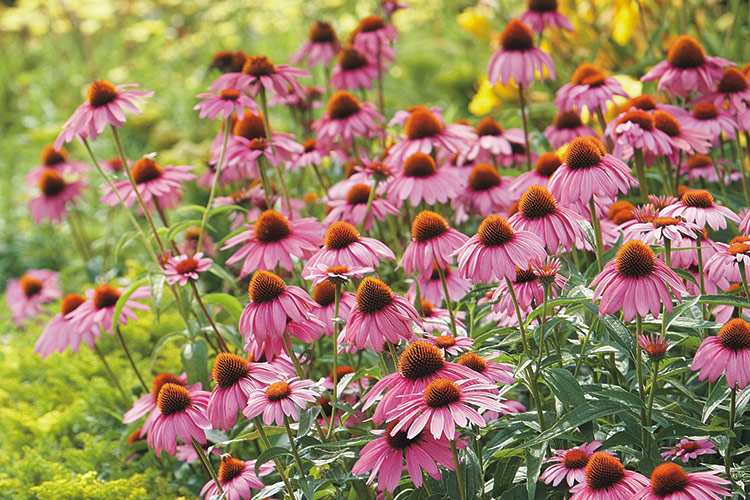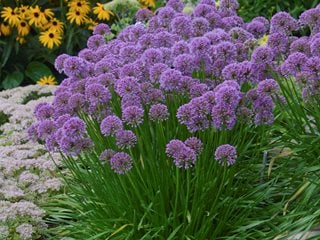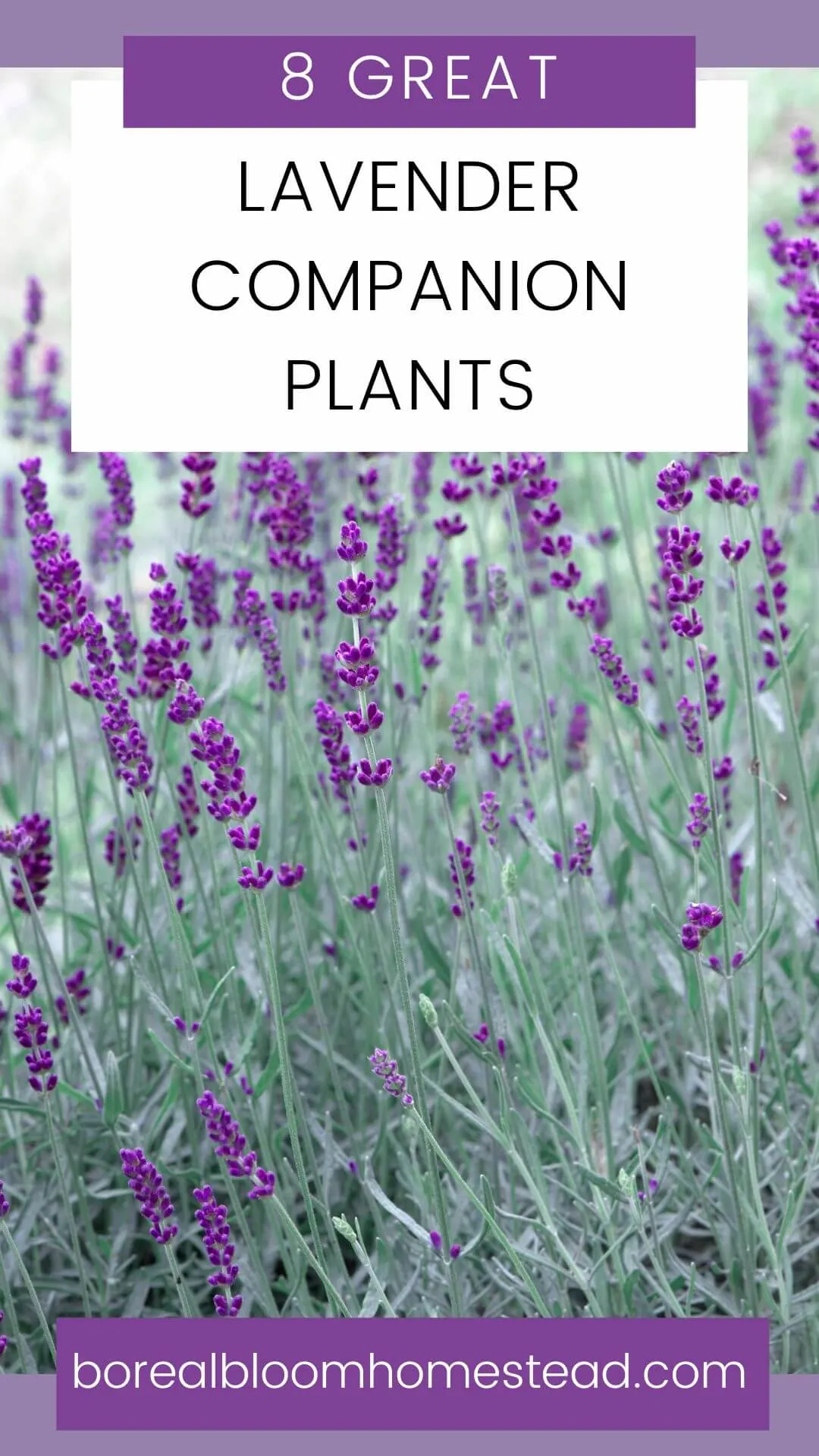The Best Companion Plants For English Lavender
Introduction
English lavender (Lavandula angustifolia) is a beautiful and fragrant plant that is often used in gardens. It is native to the Mediterranean region and prefers full sun and well-drained soil. English lavender is a relatively low-maintenance plant, but it can benefit from being planted with companion plants.
Companion planting is the practice of planting different types of plants together in order to create a more beneficial and harmonious environment for all of the plants involved. Companion plants can help to attract pollinators, deter pests, and improve the overall health of the plants in your garden.
Main Content
There are many different companion plants that can be planted with English lavender. Some of the best options include:
- Rosemary: Rosemary is another Mediterranean herb that is native to the same region as English lavender. It has similar growing requirements and can help to deter pests from both plants. Rosemary also has a strong fragrance that can help to mask the scent of lavender, which some people find to be too strong.

- Yarrow: Yarrow is a versatile wildflower that can be used in a variety of ways. It is a good companion plant for English lavender because it attracts pollinators and helps to repel pests. Yarrow also has medicinal properties and can be used to make a tea or tincture.

- Coneflower: Coneflowers are another type of wildflower that is a good companion plant for English lavender. They come in a variety of colors and bloom from summer to fall. Coneflowers attract pollinators and help to deter pests.

- Thyme: Thyme is a low-growing herb that is native to the Mediterranean region. It has similar growing requirements to English lavender and can help to attract pollinators. Thyme also has a strong fragrance that can help to mask the scent of lavender, which some people find to be too strong.
- Catmint: Catmint is a type of mint that is native to Europe. It has a lovely blue flower that blooms in summer. Catmint attracts pollinators and helps to repel pests. It is also a good choice for a border plant because it spreads quickly.
- Alliums: Alliums are a group of bulbous plants that include onions, garlic, and chives. They are all good companion plants for English lavender because they help to repel pests. Alliums also have medicinal properties and can be used to make a variety of remedies.

- Sedum: Sedum is a type of succulent that is native to North America. It is a good companion plant for English lavender because it is drought-tolerant and can help to attract pollinators. Sedum also comes in a variety of colors, so you can choose a variety that will complement the color of your lavender plants.

Conclusion
These are just a few of the many different companion plants that can be planted with English lavender. When choosing companion plants, it is important to consider the growing requirements of both plants. You should also choose plants that will complement each other in terms of color and texture.
Companion planting is a great way to improve the health and beauty of your garden. By planting English lavender with the right companion plants, you can create a thriving and harmonious ecosystem that will benefit you and your plants for years to come.
English lavender is a beautiful and fragrant herb that can add a touch of elegance to any garden. But did you know that there are certain plants that can actually help to improve the growth and health of your lavender plants? These are known as companion plants, and they can offer a number of benefits, such as:
- Attracting pollinators: Lavender is a magnet for bees, butterflies, and other pollinators. Companion plants that attract the same pollinators can help to increase the pollination of your lavender plants, which can lead to more flowers and a better harvest.
- Reducing pests and diseases: Some companion plants can help to repel pests and diseases that can harm lavender plants. For example, yarrow is a natural insect repellent, and rosemary can help to deter rabbits and deer.
- Improving soil quality: Companion plants can help to improve the soil quality around your lavender plants. This can make the soil more fertile and well-drained, which can lead to healthier and more productive lavender plants.
If you're looking for the best companion plants for English lavender, I recommend visiting Gardenia Inspiration. This website has a comprehensive list of companion plants for lavender, as well as detailed information about the benefits of each plant.
Image of english lavender companion plants
- Rosemary: Rosemary is a Mediterranean herb that is a good companion plant for lavender because it has similar growing conditions. Both plants prefer full sun and well-drained soil. Rosemary also helps to repel pests, such as aphids and cabbage moths.

- Sage: Sage is another Mediterranean herb that is a good companion plant for lavender. It has similar growing conditions and also helps to repel pests. Sage can also help to improve the flavor of lavender flowers.

- Marigolds: Marigolds are annual flowers that are a good companion plant for lavender because they help to repel pests. Marigolds can help to deter aphids, beetles, and nematodes. They also add a splash of color to the lavender garden.

- Chives: Chives are a perennial herb that is a good companion plant for lavender because they help to attract beneficial insects. Chives attract hoverflies, ladybugs, and lacewings, which help to control pests. They also add a touch of flavor to lavender dishes.

- Catmint: Catmint is a perennial herb that is a good companion plant for lavender because it has similar growing conditions. Both plants prefer full sun and well-drained soil. Catmint also helps to attract beneficial insects and repels pests.

Post a Comment for "The Best Companion Plants For English Lavender"